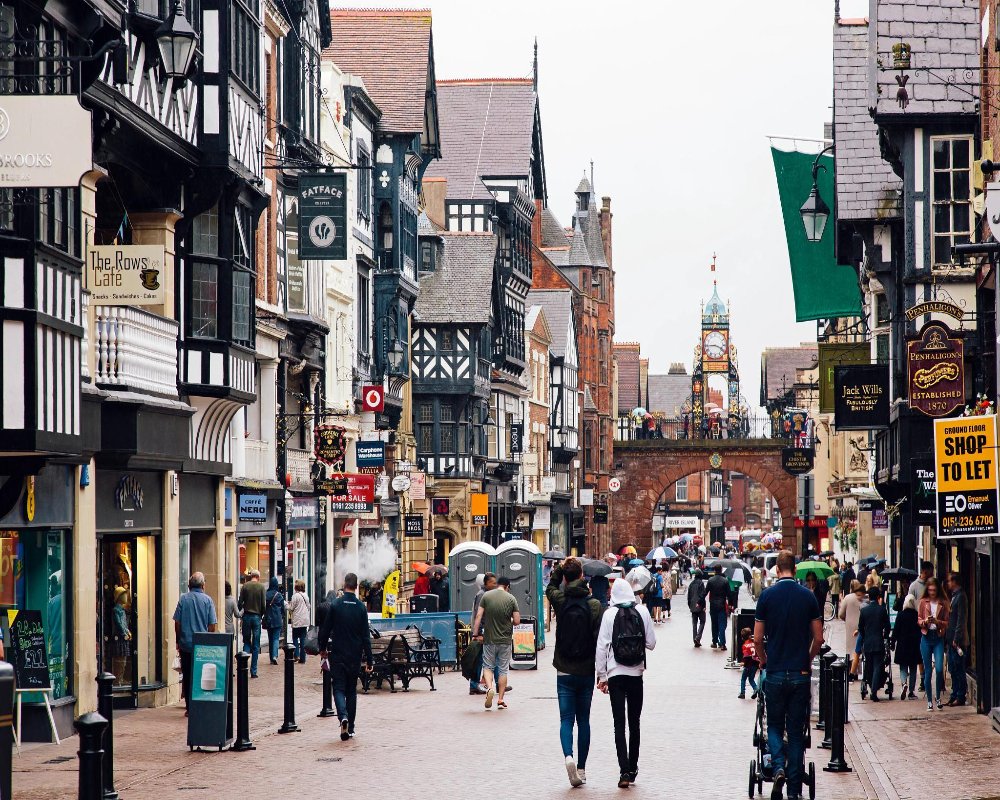High street retail zones, characterized by their premium locations and strong commercial activity, have recently experienced a notable surge in guidance values. This revision reflects the increasing demand for prime retail spaces driven by factors such as the expansion of national and international brands, a resurgence in consumer spending, and significant improvements in urban infrastructure. High visibility, dense foot traffic, and the prestige associated with high street addresses have made these locations extremely attractive for businesses looking to maximize their market presence and brand image, leading to an upward adjustment in official property valuation benchmarks.
The rise in guidance values has several immediate implications for the real estate market. Buyers and investors face higher acquisition costs, not only because of increased property prices but also due to a proportional rise in stamp duty and registration charges. Property owners in these high-demand zones, on the other hand, are positioned to benefit through higher rental incomes and enhanced asset valuations. Developers may also respond to these changes by focusing more heavily on creating retail-centric projects in and around these lucrative areas, further intensifying competition for limited land parcels.
For businesses aiming to establish or expand their presence in high street retail zones, the surge in guidance values means greater financial planning and a sharper evaluation of potential returns on investment. While the cost of entry has risen, the benefits of operating in these prominent locations often outweigh the higher initial expenditure, offering advantages such as strong customer flow, brand recognition, and sustained revenue growth. Overall, the upward trend in guidance values highlights the evolving dynamics of the retail property sector and underscores the critical role of prime retail spaces in urban economic growth.


